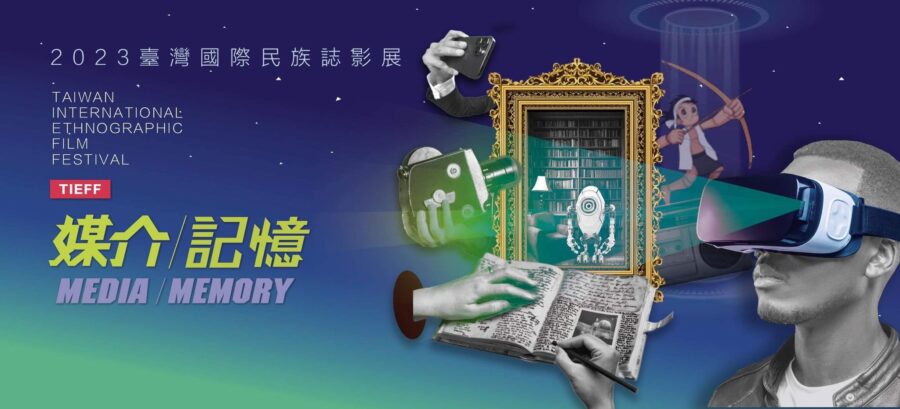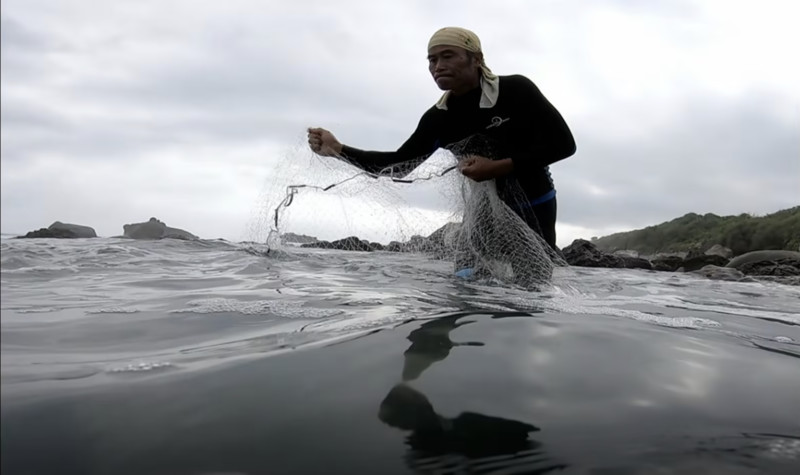In Search of Rice Huller
A rice huller is used for rice hulling, its history can be traced from thousands of years ago.
The film begins with the time with no electricity. Back then, “Tu Long” were widely used. Then we visit the wooden rice mills which first appeared when there was electricity. And it ends with the modern rice mills built by technology and capital.
In the film, we’ve been through the life journeys of six people, and seen their pride, hardship, joy and sorrow. What we’ve recorded is the history of the rice hulling industry in Taiwan which is rarely known.
“Rice” is the main food in Taiwan. There have been a lot of films about growing rice, but the films about rice hulling are few and far between. It seems like a mysterious occupation. Who and where is involved with this industry? We’ve rarely seen a film like this. Thus, the documentary is born to fill the gap.

